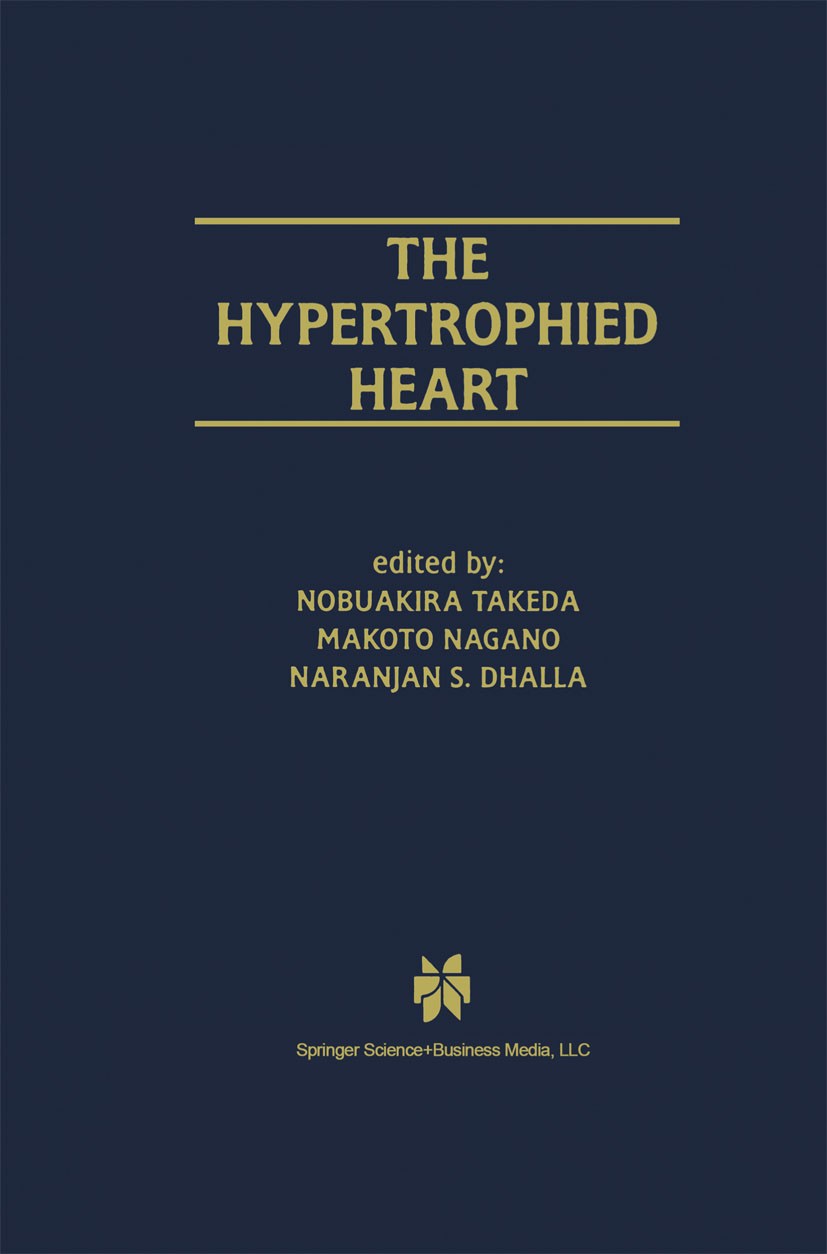| 书目名称 | The Hypertrophied Heart | | 编辑 | Nobuakira Takeda (Associate Professor),Makoto Naga | | 视频video | http://file.papertrans.cn/912/911552/911552.mp4 | | 丛书名称 | Progress in Experimental Cardiology | | 图书封面 |  | | 描述 | Whenever the heart is challenged with an increased work load for a prolonged period, it responds by increasing its muscle mass--a phenomenon known as cardiac hypertrophy. Although cardiac hypertrophy is commonly seen under physiological conditions such as development and exercise, a wide variety of pathological situa tions such as hypertension (pressure overload), valvular defects (volume overload), myocardial infarction (muscle loss), and cardiomyopathy (muscle disease) are also known to result in cardiac hypertrophy. Various hormones such as catecholamines, thyroid hormones, angiotensin II, endothelin, and growth factors have also been shown to induce cardiac hypertrophy. Although the exact mechanisms underlying or pathological forrns of cardiac hypertrophy are poorly under the physiological stood, an increase in the intraventricular pressure is believed to represent the major stimulus for the development of cardiac hypertrophy. In this regard, stretching of the cardiac muscle has been shown to induce the hypertrophic response, but the role of metabolic influences in this process cannot be ruled out. Furthermore, different hormones and other interventions in the absence of stre | | 出版日期 | Book 2000 | | 关键词 | Angiotensin II; angiogenesis; cardiovascular; heart; hypertension; vascular disease | | 版次 | 1 | | doi | https://doi.org/10.1007/978-1-4615-4423-4 | | isbn_softcover | 978-1-4613-6991-2 | | isbn_ebook | 978-1-4615-4423-4Series ISSN 1389-1774 | | issn_series | 1389-1774 | | copyright | Springer Science+Business Media New York 2000 |
The information of publication is updating

|
|
 |Archiver|手机版|小黑屋|
派博传思国际
( 京公网安备110108008328)
GMT+8, 2025-11-19 05:20
|Archiver|手机版|小黑屋|
派博传思国际
( 京公网安备110108008328)
GMT+8, 2025-11-19 05:20


